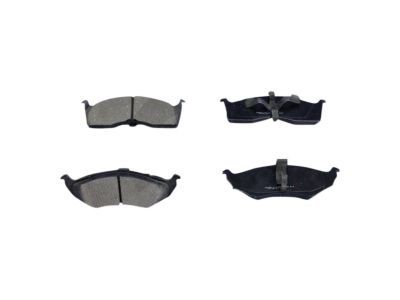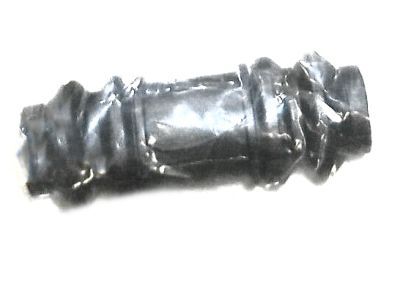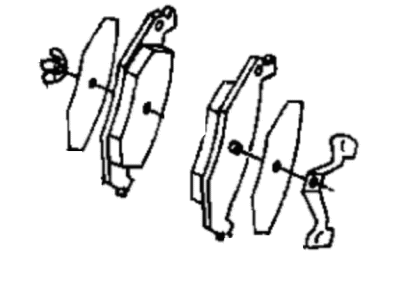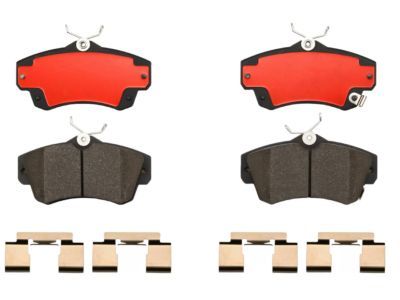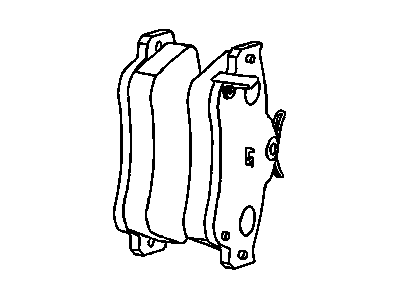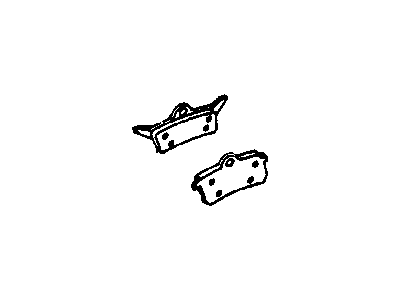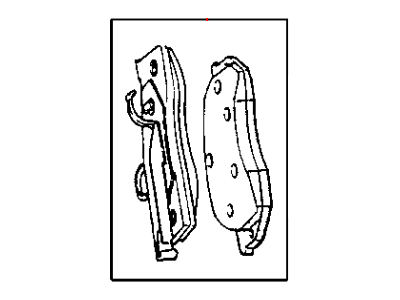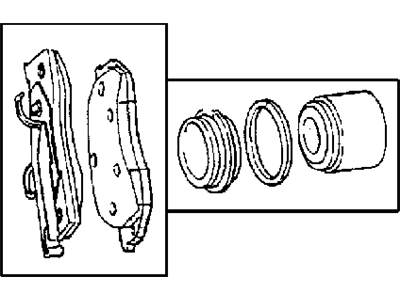
My Garage
My Account
Cart
Genuine Dodge Neon Brake Pad
Disc Brake Pad Set- Select Vehicle by Model
- Select Vehicle by VIN
Select Vehicle by Model
orMake
Model
Year
Select Vehicle by VIN
For the most accurate results, select vehicle by your VIN (Vehicle Identification Number).
29 Brake Pads found


Dodge Neon Front Disc Brake Pad Kit
Part Number: V1011682AB$49.45 MSRP: $70.75You Save: $21.30 (31%)Dodge Neon Front Disc Brake Pad Kit
Part Number: V1013438AB$54.41 MSRP: $77.95You Save: $23.54 (31%)Dodge Neon Front Disc Brake Pad Kit
Part Number: V1013527AB$11.29 MSRP: $71.85You Save: $60.56 (85%)Dodge Neon Disc Brake Pad Set Front
Part Number: V1013438AC$48.94 MSRP: $77.95You Save: $29.01 (38%)
| Page 1 of 2 |Next >
1-20 of 29 Results
Dodge Neon Brake Pad
Brake Pads are some of the major components of the braking systems in Dodge Neon vehicles and its primary function is to stop the vehicle by using friction to the brake rotors. These Brake Pads are made from a friction material which is applied onto a steel base plate so as to convert kinetic energy to heat energy in order to decelerate the car. Eventually, the friction lining depletes hence requiring replacement periodically and this is signalled by wear sensors or noises from wear indicators. Varieties of Brake Pads that have being used in Dodge Neon models includes non metallic, semi metallic and ceramic brake pads of which each possesses different characteristics as regards to friction, wear rate and noise. It is advised to service it every 50,000 kilometers in order to keep the functional parameters maximum, and it is advised to replace associated hardware in order to prevent fast wearing of components and reach noiseless operation. Dodge Neon Brake Pad has to be selected as well as maintained properly in order to provide efficient braking system that lasts for a longer period.
Looking for affordable and high-quality auto parts? Then you have already arrived at the proper online shop. We offer all Dodge Neon Brake Pad at great affordable prices. Moreover, all genuine Dodge Neon Brake Pad come with a manufacturer's warranty. In the long run, you would realize you have saved a lot of trouble and money with OEM parts from here.
Dodge Neon Brake Pad Parts Questions & Experts Answers
- Q: How to replace Brake Pad on Dodge Neon?A:Both front and rear disc brakes adopt this technique. Start with unbolting the front wheel lug nuts, lifting then the front part of the car and placing it on jackstands, and engaging the parking break. Once again, if only working on the front wheels of the car, then remove the front wheels; otherwise, if working on the rear wheels which have discs, then remove the rear wheels. After that, drain out approximately, two thirds of the brake fluid from the master cylinder reservoir and dispose, placing a drain pan under the brake assembly and cleaning the caliper and the surrounding area using the brake system cleaner. The C-clamp should then be employed to force the piston back into the bore to make enough room for the new brake pad; when pressing the piston remember not to give the master cylinder much fluid; if this has to be done it should be decanted in order to avoid spilling much of it. If pads have been remove, then one should check for the brake fluid leakage and whether the piston boot has been ruptured or not, and if yes then either overhaul or replace the caliper, and while inspecting the Brake Disc in case if machine is required then one should follow certain procedure. Examining and removing if essential, the caliper guide pin bolts should be cleaned and checked, for signs of corrosion; if severely corroded or damaged, then it was replaced before being tightened to the required torque. Place the brake pads on the other wheel and fit the wheel and then raise the car and over tightening the nuts to the standard torque. The reservoir should be filled with brake fluid, then to ensure that pads are seated on the disc, the brake should be pumped severally before the level of the brake fluid is checked again. Last but not the least, the brakes should be checked thoroughly for its working before it is put to normal use, one must not use more force while applying the brakes until the brake pads are applied several times so that they sit correctly on the disc.


